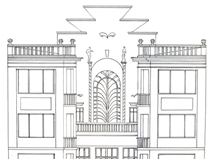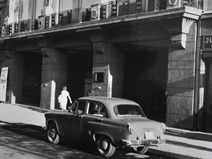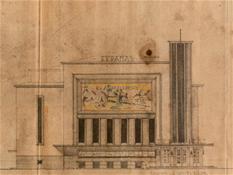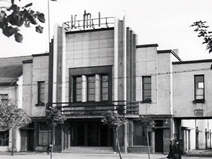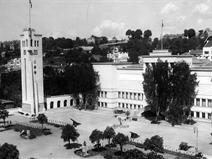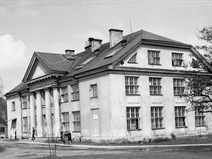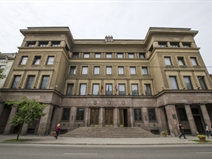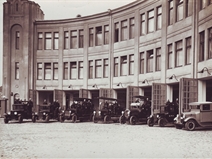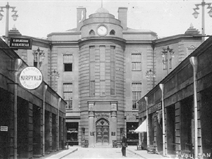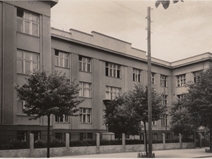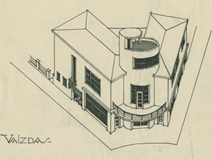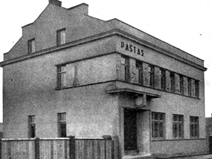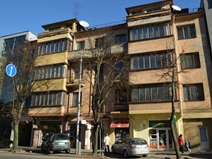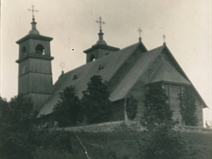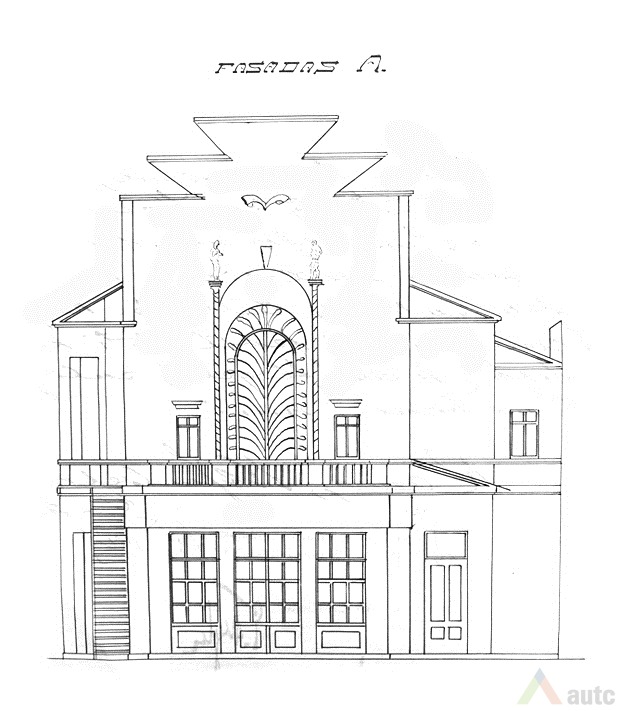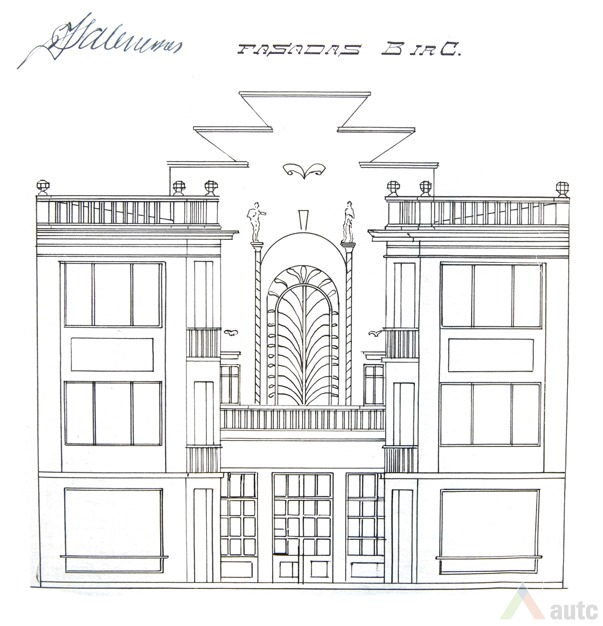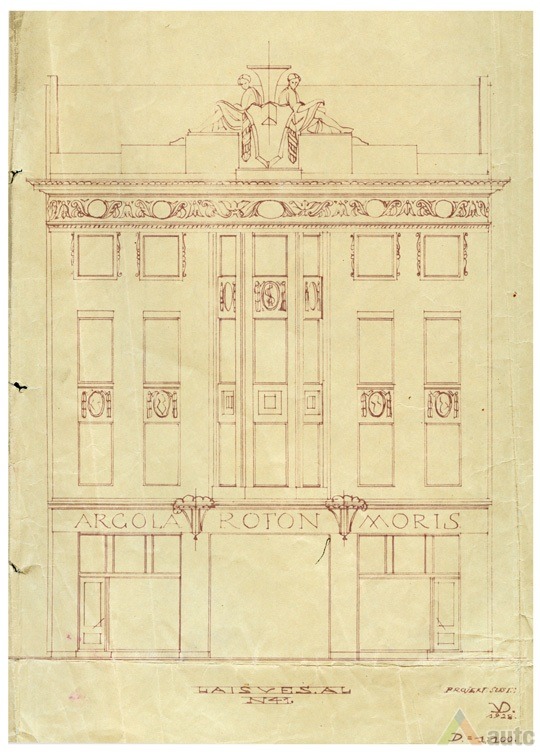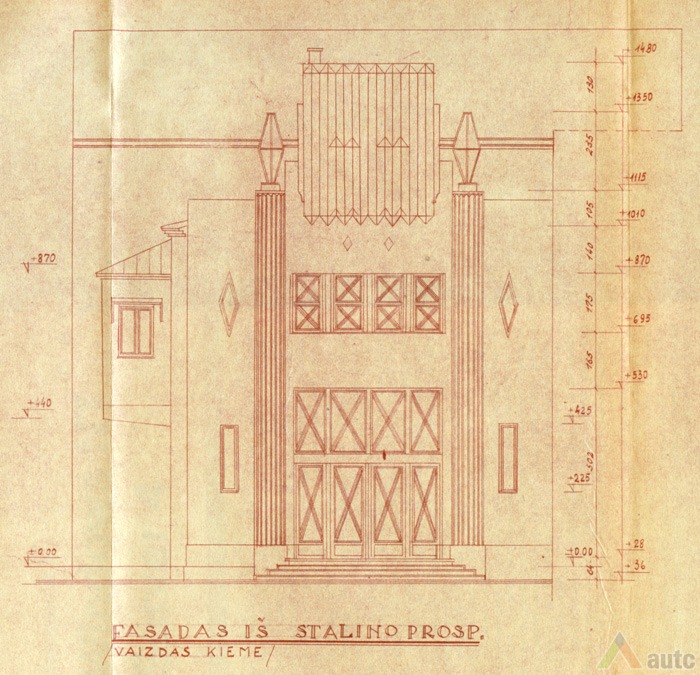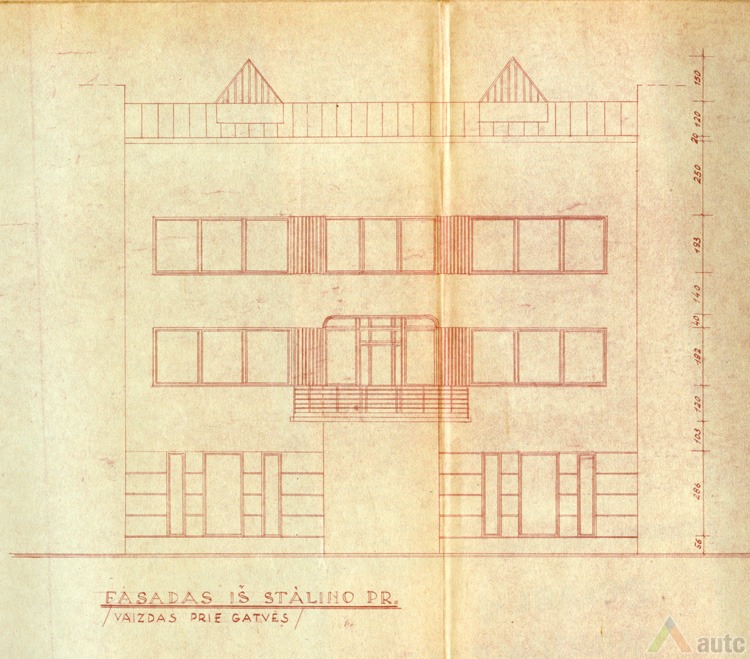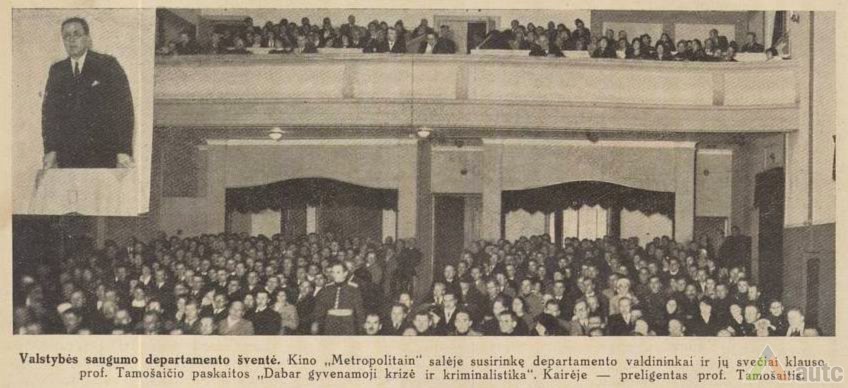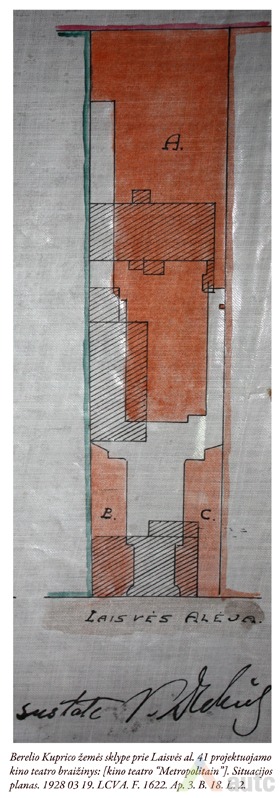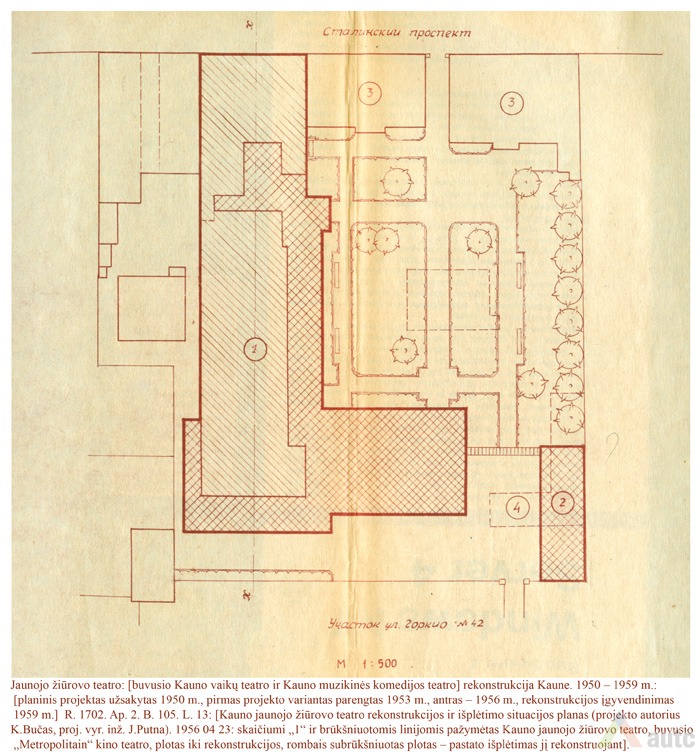During the inter-war period, cinema theatres were rather common in Kaunas. The first hall was prepared in 1907, however old cinema theatres and theatres built in 1919 – 1924 worked not in the buildings specifically built for showing movies, but rather in buildings applied to show them. They can be called halls to show cinema films. Moreover, they did not conform to the minimal requirements for movie theatres: did not have proper ventilation, did not conform to sanitary hygiene, fire hazard safety requirements, sometimes consciously disobeyed them and allowed more visitors than places to have them sit. Fire hazard safety requirements were not met already due to building the theatres on second floors of individual houses with inconvenient entrances and exits. Effectiveness opportunities for such cinema halls were considered numerous times, however serious measures were taken only after 1929, when “Oaza” burst into flames.
Laisves alley was the main concentration center for movie theatres, where “Metropolitain” was also located. The request to build a movie theatre in private property was delivered by Borisas Kupricas in 1927. The building was designed far in the plot, dragged away from the Laisves alley, and two separate main buildings were planned next to the street. However in 1929, a modern architecture building was built instead of them with a drive-in left in the middle. The house hosted a number of shops, other service providers with modern, city’s spirit revealing names: “Fru-Fru”, “Fortuna Film”, “ideal”, “Pale-Ale”. The last one was a bar-restaurant and occupied the biggest space of the building.
The main façade of “Metropolitain” was one of the best examples of art deco buildings in Lithuanian architecture. Its art’s persuasion topped all other cinema theatres built later. The cinema theatre had a capacity of 700: 564 places in the hall, others – in balcony; it was one of the most spacious halls in Kaunas. During the first years the “Metropolitain” was considered to be prestigious, first-class cinema-theatre. Out of 15 movie theatres which were in Kaunas in 1931, only three – “Metropolitain”, “Kapitol” and “Forum” had this title, earned not only because of buildings esthetic characteristics, comfortable premises, quality equipment, but also because of the value of their artistic repertoire.
In 1940, Soviet government nationalized the buildings. In 1941, Kaunas musical comedy theatre moved into the buildings. After the Second World War, in the end of 1945, these buildings and neighboring property were transferred to Kaunas Youth and Musical Comedy (Young observer) Theatre, and in 1959 – to Drama theatre. After reconstruction, the theatre, which originally was at the end of the plot, was incorporated into the new object of Stalinist architecture, which remains until this day.
Žilvinas Rinkšelis
